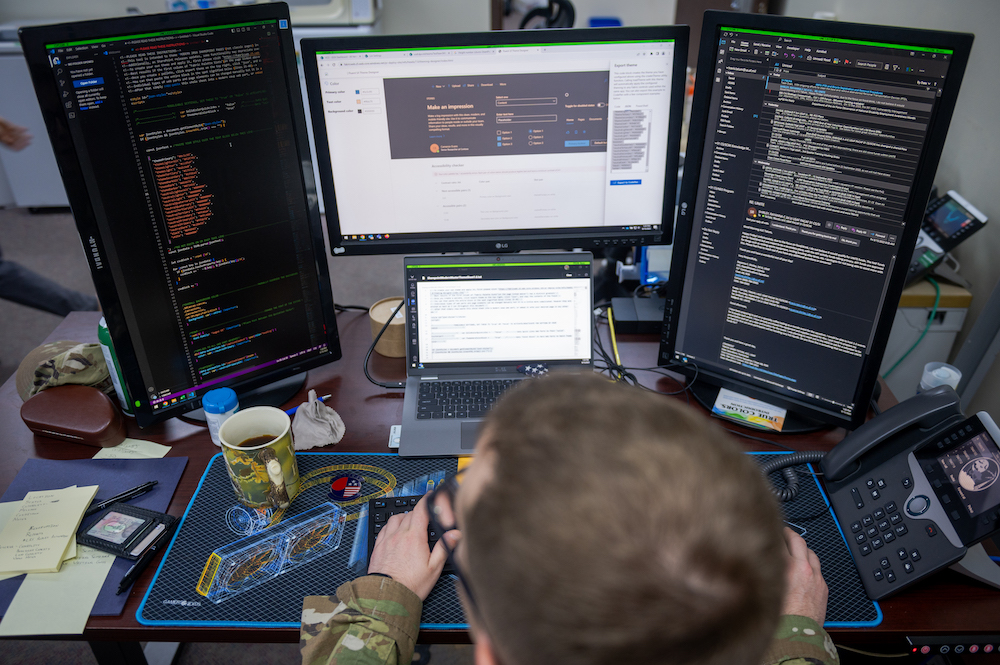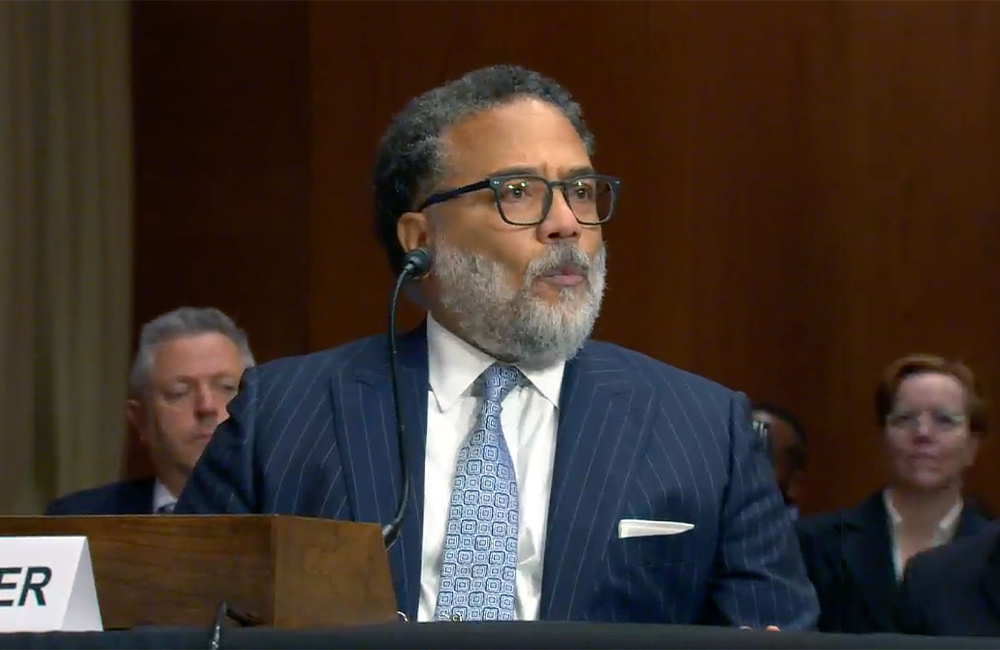VA Website Redesign Essential for Improved Customer Experience
The agency sees iterative design and user testing as vital for improving VA services and incorporating new technology.

Veterans Affairs CTO Charles Worthington held up a process of iterative testing and user-centered design as essential to redesigning the agency’s website.
Discussing the VA’s prior website in direct and candid terms, Worthington spoke at the FCW Citizen Engagement Summit and noted how the earlier iteration of VA.gov and its satellite portals had been unintentionally detrimental to the VA’s service lines – namely in making it frustrating for veterans to navigate benefits.
Worthington noted this was particularly serious for an agency of the VA’s scope, and improving customer experience was a priority from the outset of his tenure.
“10 million people per month – unique users per month – visit a VA website online… When I first joined the agency, we asked ourselves, ‘How are we doing for these 10 million people?’”
The proposed solution was using direct and comprehensive veteran feedback as the guiding principle under which to redesign VA.gov.
“We talked to 5,000 veterans, service members, family members and through a series of both qualitative and quantitative research studies, we asked them how we’re doing,” Worthington said.
Taking this full scope of customer feedback into account, Worthington found there were common challenges veterans faced in navigating VA.gov.
“There were three main, consistent points of criticism. One was that it was too hard to find what you were looking for on a VA website. Two was they felt that our websites were disjointed and hard to navigate. The third was they felt like it was frustrating to them that they had to do the work to navigate the VA,” he said.
The VA Office of Information Technology quickly realized that one of the website’s greatest flaws was a layout and information architecture that was more reflective of the agency’s departmental segmenting, rather than one conducive to ease of navigation.
“We had all these different brands that we were presenting for our digital experience. I think we realized that the VA was reflecting our own org chart out to our customers… As a result, over the years we had built up a fragmented ecosystem,” Worthington explained.
In laying the groundwork for testing and redesigning the new VA website, Worthington’s team evaluated best practices seen across customer-focused private sector brands – particularly the emphasis on having a simplified and centralized website.
In summarizing this approach, Worthington described that, “There’s no way a big private sector brand would present themselves online this way. So we asked ourselves how we can fix this situation, and one other consistent piece of feedback we got from veterans is that there was one place they would expect to be able to go to find what they were looking for – and that was VA.gov.”
Having taken these best practices into account, the VA laid out three core goals they wanted to accomplish through the redesign – increasing the use of self-service tools among VA customers, decreasing the wait time for a response from the VA, and to deliver an overall more satisfying customer experience. As Worthington noted, these can be quantified through both website analytics and direct veteran feedback.
“The beauty of these things is that we can measure them all,” he explained.
Using these as a baseline for evaluation, the VA embarked upon a process of iterative testing and design that tied the website’s evolution to the feedback they received from prospective customers.
“The VA home page was the result of six months of consistently iterating on designs, starting with really low-fidelity wireframes that we’d test through in-person usability sessions in regional offices and medical centers,” Worthington said.
Rather than a wholesale redesign, the VA established various layers of completion based upon customer-guided feedback – releasing the fully revamped version of VA.gov only after methodically abiding by this process of user-centered design. In describing this testing cycle, Worthington found, “That helped us refine the design over months until we finally landed on the ultimate design we launched with.”
Having seen the ultimate outcome of this user-centered design process, Worthington’s team found essential lessons for the broader federal government – particularly the importance of sustaining a cycle of testing and user feedback when adopting new technology. This has become especially crucial in light of the ongoing focus across federal agencies on adopting AI and machine learning systems.
“A lot of the time we’re talking about how AI can help automate things like business processes, but we’ve never had a single user experience designer look at the system and realize you’re making the user do ten clicks or have turned this menu really confusing,” Worthington explained.
Above all else, the VA’s Office of Information and Technology came to the essential finding that new technologies are only as effective as the customer-centered design that supports them.
“So before we invest in a whole other wave of technology, investing in a little bit of design can go a long way. That’s a lesson I really encourage you all to take from here,” Worthington concluded.
This is a carousel with manually rotating slides. Use Next and Previous buttons to navigate or jump to a slide with the slide dots
-

Agencies Want to 'Demystify' Generative AI to See Greater Adoption
Managing concerns over generative AI capabilities requires sharing best practices and use cases for workflows.
2m read -

Defense Board Outlines Path for Integrated Digital Ecosystem
Members of DOD's board exploring digital business transformation said that standards and culture are some of the keys to technological change.
4m read -

White House Calls on Software Devs to go 'Memory Safe' for a Secure Future
A new advisory supports the National Cyber Strategy's call for shifting responsibility for cybersecurity to developers.
3m read -

Veterans Legacy Memorial Touted as 'Industry Standard' for Digital Modernization
VA Undersecretary Matthew Quinn told Congress that IT modernization will improve ability to find, connect to records.
4m read




